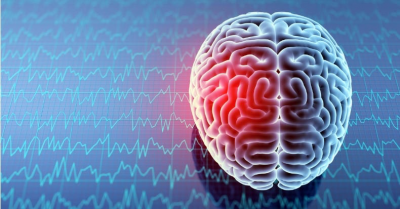 Whiplash associated disorders (WAD) is a term applied to a constellation of symptoms that can arise following a motor vehicle collision (MVC), slip and fall, or sports injury. It’s estimated that up to 25% of WAD patients fail to fully recover from their injury and new research suggests this may be due to changes in the brain.
Whiplash associated disorders (WAD) is a term applied to a constellation of symptoms that can arise following a motor vehicle collision (MVC), slip and fall, or sports injury. It’s estimated that up to 25% of WAD patients fail to fully recover from their injury and new research suggests this may be due to changes in the brain.
Past studies have reported that chronic WAD (cWAD) patients are more sensitive to stimuli like a pin prick than individuals without WAD. This is a called central sensitization (CS). In a 2019 study, researchers used functional MRI to measure blood flow to various parts of the brain in 20 women (12 with cWAD, 8 without cWAD) following various levels of electric stimulation. The research team observed distinct differences in blood flow to areas of the brain involved with pain perception and processing sensory information. This correlation offers a distinct, physiological explanation for cWAD symptoms and should improve the awareness about the disease for both doctors and the public.
During the whiplash process, the brain can collide with the inside of the skull causing bruising or even more severe injuries (also known as traumatic brain injury or concussion). While seatbelts are a lifesaver and should always be worn when you’re inside a moving vehicle, studies have demonstrated that the oblique angle of such restraints can cause the body (including the head) to twist during a collision. This torsion can lead to the brain twisting within the skull, stretching and damaging the small nerve fibers. Though these damaged nerve fibers often heal, they sometimes do not, which is believed to contribute to cWAD symptoms.
The good news is that there is a growing awareness of concussions and other brain injuries, which may aid in the treatment of WAD patients to reduce the risk their condition becomes chronic. Chiropractic care, at Pro Rehab Wilmington and Dr. James Sheehan, that includes a combination of active exercise/rehabilitation AND passive manual therapy (cervical spine manipulation) has been demonstrated to benefit patients with concussion symptoms following a whiplash injury.







